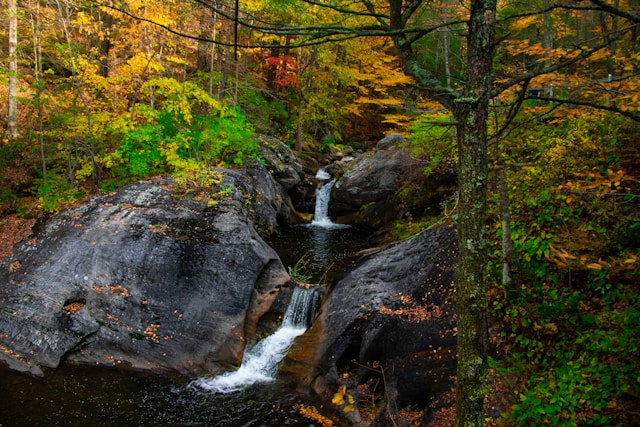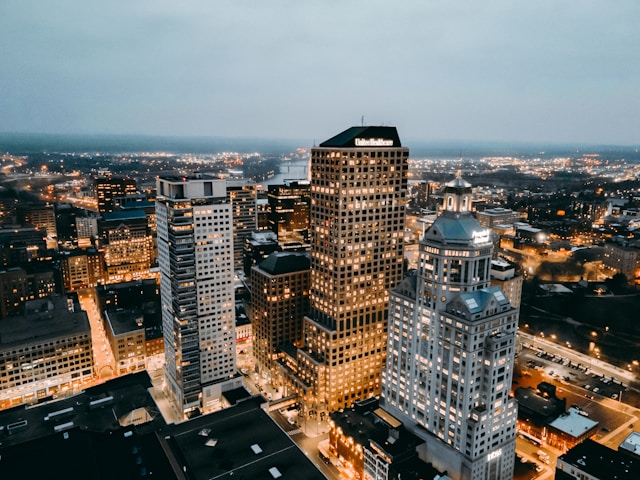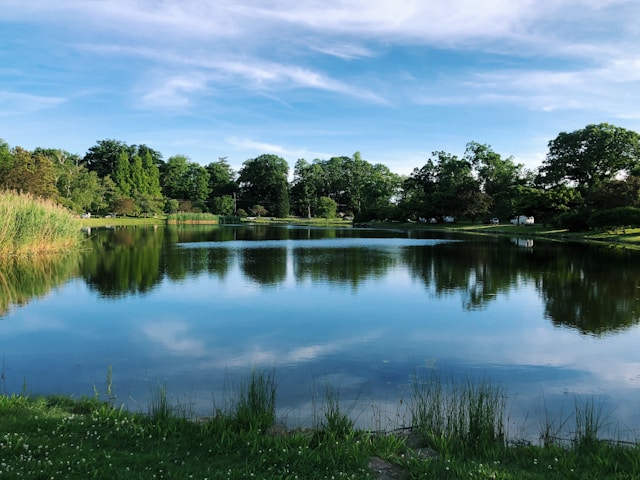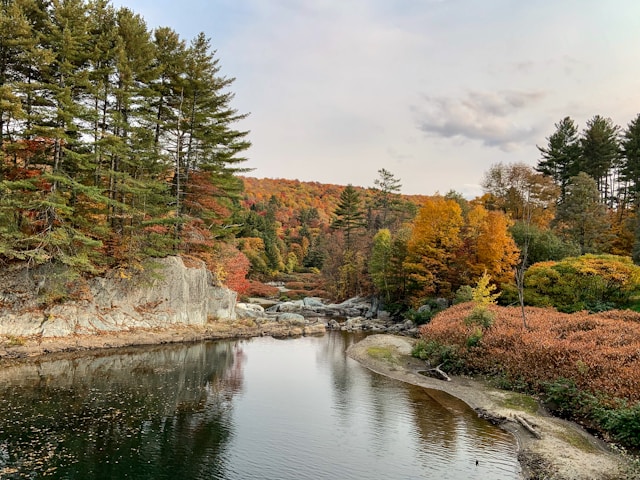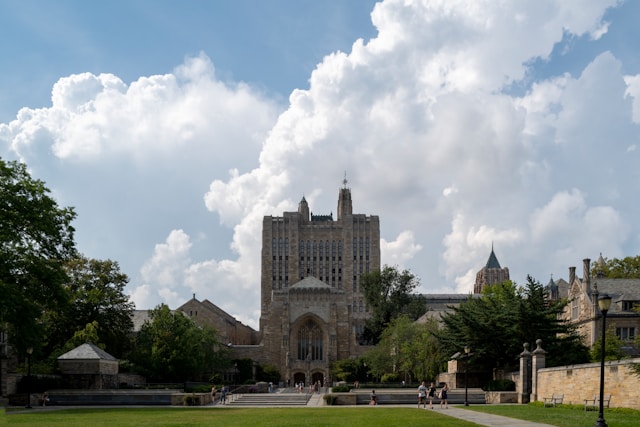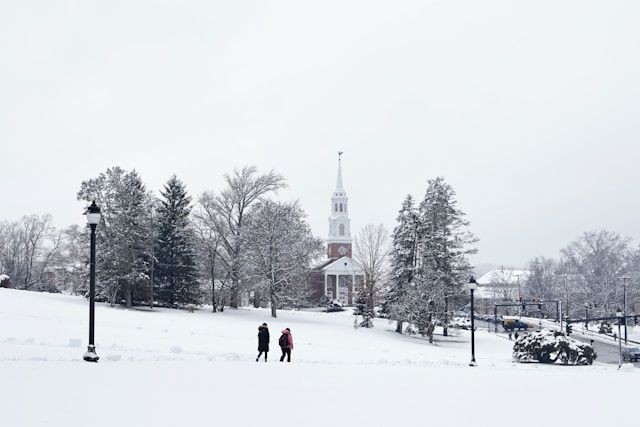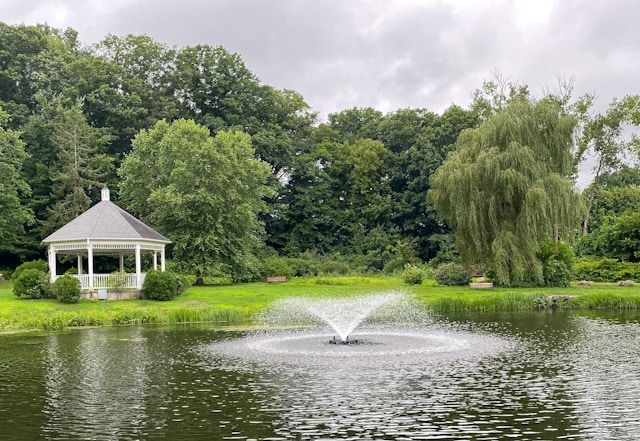# Connecticut’s Changing Seasons: How Climate Shifts Are Affecting Local Communities
Connecticut residents have noticed some big changes in how the seasons play out lately. From Hartford‘s hotter summers to New Haven‘s wild winter storms, climate shifts are shaking up daily life across the state.
Explore top-rated stays with no booking fees and instant confirmation. Your dream trip starts here!
Start Exploring Now
This article dives into how Connecticut’s changing seasons are impacting agriculture, infrastructure, and the everyday routines of people in towns and cities statewide.
The New Normal: Connecticut’s Seasonal Shifts
For decades, Connecticut’s seasons felt pretty predictable. But now, weather stations in Stamford, Hartford, and New London are picking up on some worrying trends.
Average temperatures have climbed about 3 degrees Fahrenheit since 1970. Winter is warming even faster than the other seasons.
“What we’re experiencing isn’t just normal variation,” says Dr. Maria Sanchez, climatologist at the University of Connecticut. “The data clearly shows accelerated changes that are affecting everything from growing seasons to energy consumption patterns.”
Impact on Local Agriculture
Farmers in Litchfield and Windham counties are struggling with disruptions to their usual growing cycles. Apple orchards now bloom almost two weeks earlier than they did in the 1980s.
Unpredictable frost has damaged crops more often lately. Local effects include:
Infrastructure Challenges Across the State
In Bridgeport and Waterbury, city leaders are dealing with new headaches as weather patterns shift. Winter’s freeze-thaw cycles have made roads fall apart faster, and summer heat waves are pushing electrical grids to their limits.
“We’re budgeting differently now,” says Waterbury Public Works Director James Thompson. “What used to be once-in-a-decade storms are happening every few years. Our infrastructure wasn’t designed for these conditions.”
Coastal Concerns Rising
Connecticut’s shoreline communities have their own set of problems. In Greenwich and Mystic, rising sea levels and stronger storms have bumped up flooding incidents by nearly 40% since 2000.
The Department of Energy and Environmental Protection has started several adaptation projects, including:
Community Responses and Adaptation
Connecticut communities are coming up with creative ways to adapt. The Connecticut Climate Adaptation Initiative, launched in 2021, gives local governments resources to build resilience plans that match their unique challenges.
In Danbury, community gardens have changed planting schedules and brought in new crop varieties that handle the shifting climate better. Meanwhile, New Haven’s tree-planting initiative hopes to cool down the city and fight the urban heat island effect that’s getting worse each summer.
Looking Ahead: Preparing for Future Changes
Climate scientists say Connecticut will keep getting warmer. Precipitation patterns might shift in ways we haven’t seen before.
Winters could bring more rain instead of snow. Summers may see droughts showing up more often, which honestly feels a bit unsettling.
“The communities that thrive will be those that plan ahead,” says Environmental Commissioner Rebecca Martinez. She urges every municipality to create climate resilience plans that fit their unique needs.
Connecticut residents can get involved in adaptation efforts through community science programs that track seasonal changes. People can also help by joining energy conservation projects or backing local policies focused on climate resilience.
The state’s changing seasons bring some tough challenges, but maybe there’s a chance to rethink how we connect with the environment too. It’s not all bad news—sometimes change opens doors we didn’t expect.
Here is the source article for this story: Meteorologist: Hotter here than in Miami
Find available hotels and vacation homes instantly. No fees, best rates guaranteed!
Check Availability Now

